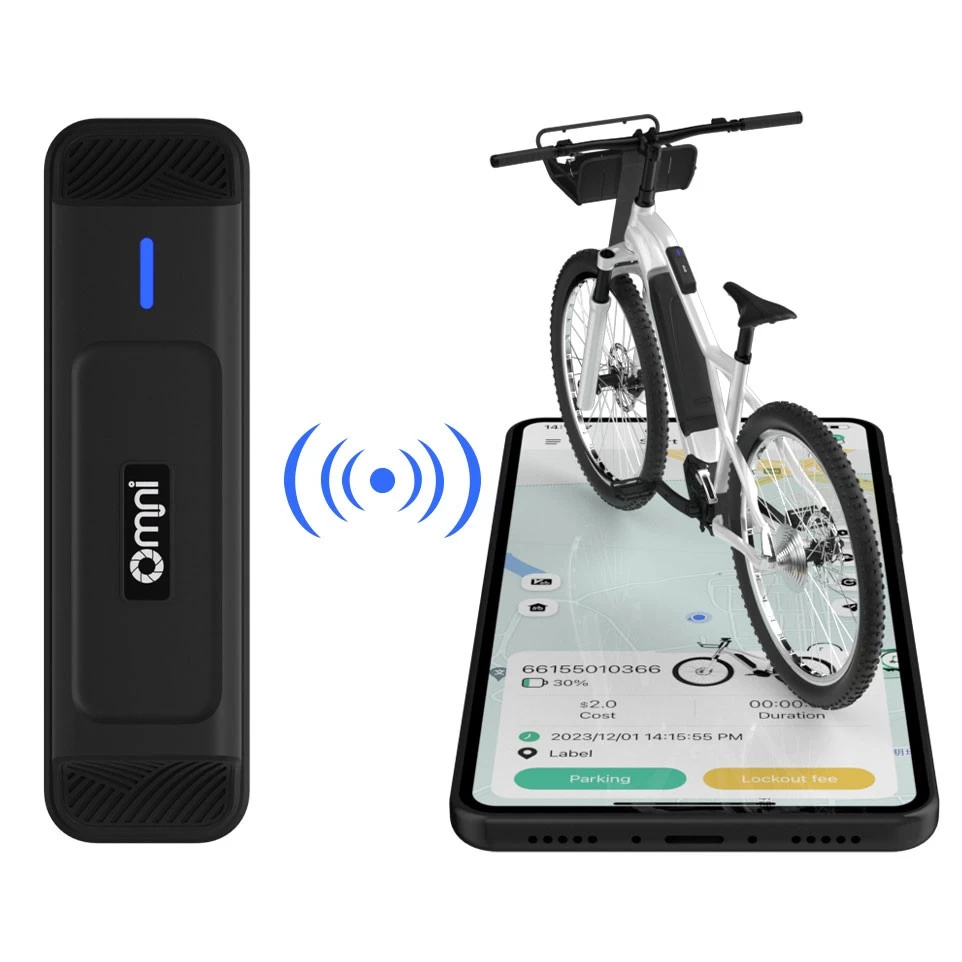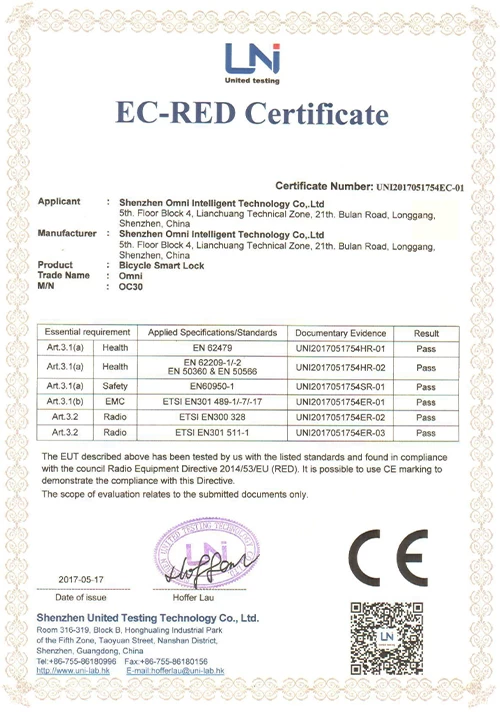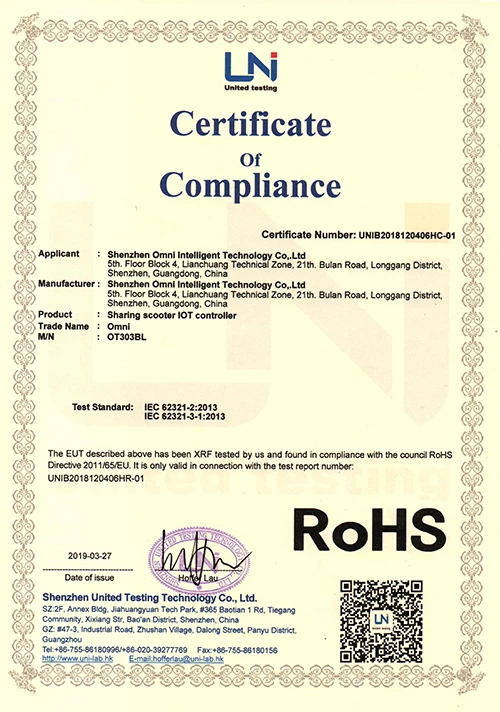How Electric Scooters Work
2020-06-23 17:05:11
It seems uncomplicated if you think about it at first. Of course, this kind of scooter works through electricity as its name implies. But there are more components to consider to understand how an electric scooter works.
Before going into detail, it’s best to know how an electric scooter differs from a traditional kick scooter. At first glance, both might look the same, but an e-scooter has additional parts that are unique to it alone.
A kick scooter needs outside manipulation (you kicking the ground) for it to move. An e-scooter has a motor and a battery that allows it to move without you needing to put your feet on the ground constantly.
What’s more, a kick scooter can go only as fast as you can strongly kick off. Some e-scooters can do more than 60 kph although a 25kph limit is usually implemented in cities.
Both scooters have a frame and brakes. A frame is the body of your scooter from the long handle down to the base.
The brakes are the mechanisms that help you decelerate or stop moving. If your scooter has electric brakes, it may be using one of two systems: either a drum system or a disc system. Both systems will help you decelerate (wholly or partially) by creating friction between a moving surface (your e-scooter) and a flat surface (the road).
As mentioned above, an e-scooter has auxiliary components to help you reach maximum speed and top range. Some of these parts are:
Motor
Battery
Motherboard
Throttle
A motor is what makes you move forward. It provides the force that the e-scooter needs for movement, and is usually located outside of the wheel (for chain-driven motors) or inside the rim of the wheel (for hub motors).
A battery is what stores the electric energy that is needed for the motor to work. The energy travels through a series of wirings that serve as your e-scooters connectors.
A motherboard acts as the brain of your e-scooter. It is the component that tells all the other e-scooter parts what they need to do. Signals from the battery, motor, throttle, and brakes go to the motherboard, and it sends out the necessary information to other parts.
A throttle can be found in the handlebar, and it controls how slow or fast you can go. When you press down on your throttle (gently or forcefully depending on how fast you go), you’re telling the motherboard the exact momentum the e-scooter needs to generate to get the speed you want.
Let all of these parts work together, and voila! Your e-scooter starts to move and off you’ll go.
Before going into detail, it’s best to know how an electric scooter differs from a traditional kick scooter. At first glance, both might look the same, but an e-scooter has additional parts that are unique to it alone.
A kick scooter needs outside manipulation (you kicking the ground) for it to move. An e-scooter has a motor and a battery that allows it to move without you needing to put your feet on the ground constantly.
What’s more, a kick scooter can go only as fast as you can strongly kick off. Some e-scooters can do more than 60 kph although a 25kph limit is usually implemented in cities.
Both scooters have a frame and brakes. A frame is the body of your scooter from the long handle down to the base.
The brakes are the mechanisms that help you decelerate or stop moving. If your scooter has electric brakes, it may be using one of two systems: either a drum system or a disc system. Both systems will help you decelerate (wholly or partially) by creating friction between a moving surface (your e-scooter) and a flat surface (the road).
As mentioned above, an e-scooter has auxiliary components to help you reach maximum speed and top range. Some of these parts are:
Motor
Battery
Motherboard
Throttle
A motor is what makes you move forward. It provides the force that the e-scooter needs for movement, and is usually located outside of the wheel (for chain-driven motors) or inside the rim of the wheel (for hub motors).
A battery is what stores the electric energy that is needed for the motor to work. The energy travels through a series of wirings that serve as your e-scooters connectors.
A motherboard acts as the brain of your e-scooter. It is the component that tells all the other e-scooter parts what they need to do. Signals from the battery, motor, throttle, and brakes go to the motherboard, and it sends out the necessary information to other parts.
A throttle can be found in the handlebar, and it controls how slow or fast you can go. When you press down on your throttle (gently or forcefully depending on how fast you go), you’re telling the motherboard the exact momentum the e-scooter needs to generate to get the speed you want.
Let all of these parts work together, and voila! Your e-scooter starts to move and off you’ll go.

















